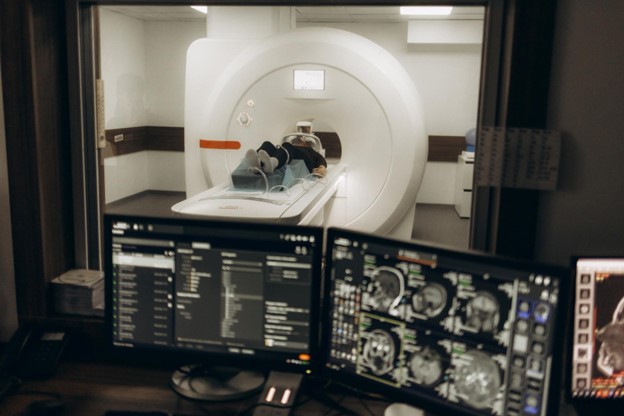Interventional radiology, often abbreviated as IR in radiology, is transforming how certain medical procedures are done. Imagine not needing surgery yet still solving complex health problems. Sounds good, right? That’s what interventional radiology can do for you. It’s all about providing less invasive options, allowing patients to make wise choices about their healthcare.
With interventional radiology, treatments are often quicker and cheaper than traditional methods. This means better experiences and results for patients. It’s not just about staying healthy; it’s about doing it in an easier way.
Real-life stories show how IR in radiology helps daily life. For instance, some patients avoid big surgeries thanks to these less involved procedures.
Navigating the Landscape of Interventional Radiology
So, what makes interventional radiology special? Instead of using big surgeries, it relies on advanced imagining. Picture this: a camera letting doctors see inside you to fix things with minimal fuss. That’s what IR offers.
Here’s what happens during a typical procedure:
- Preparation: The doctor speaks with the patient about what to expect.
- Execution: Using special imaging equipment, the doctor guides tiny tools inside the body.
- Post-procedure: The patient rests, often leaving on the same day.
IR in radiology isn’t just about fixing problems; it’s about spotting them early and keeping them from getting worse. This proactive approach can really boost your quality of life.
These procedures happen in hospitals or specialized clinics, led by highly trained professionals. Many undergo an IR fellowship to hone their skills further. This advanced training, through some of the best interventional radiology fellowship programs, is key.
The Multidimensional Benefits of IR Procedures
The best part about interventional radiology is its focus on being minimally invasive. Here’s how it benefits patients:
- Faster Recovery: Since procedures involve only small cuts or no cuts at all, recovery is speedy. Patients often return to normal life quicker, with less pain.
- Reduced Risks: With IR in radiology, risks associated with big surgeries, such as infections, are significantly lower.
- Precision: Doctors get real-time pictures from tools like ultrasounds and MRIs. This helps them work accurately and efficiently.
- Cost-Effective: Shorter hospital stays and fewer complications mean less money spent. That’s a win for both patients and healthcare providers.
But who can benefit from these procedures? A wide range of patients can, from those dealing with cancers to those with blood vessel issues. Imagine that—better health without the lengthy hospital visits.
Interventional radiology shines by improving daily lives, not just in hospitals but in the real world. With quicker recoveries, patients spend more time living life and less time being in hospital beds.
Ensuring Safe, Effective IR Practices
Even with its benefits, interventional radiology carries some risks, just like any procedure. But specialists work hard to keep things safe. They follow strict guidelines and use sophisticated tools to ensure patient safety.
Before a procedure, patients undergo discussions and tests. Doctors explain everything clearly. What you’ll do, what they’ll do, and what to expect afterward. Understanding builds trust and lowers anxiety.
During the procedure, open communication remains key. Patients are awake and can interact with the medical team, keeping fears in check.
Post-procedures, care and follow-ups ensure patients heal properly. Doctors provide steps for recovery and necessary check-ups. Regular monitoring helps in achieving the best outcomes, assuring patients of their improved health.
By adhering to safety measures and employing innovative tools during procedures, IR fellowship graduates from programs like the best interventional radiology fellowship programs ensure effective patient care. Embracing these practices results in safer experiences and better results for all. In summary, interventional radiology offers groundbreaking alternatives in medical care. Its combination of less invasiveness, cost savings, and effectiveness marks it as a true game-changer for modern medicine, impacting everyday lives significantly.
